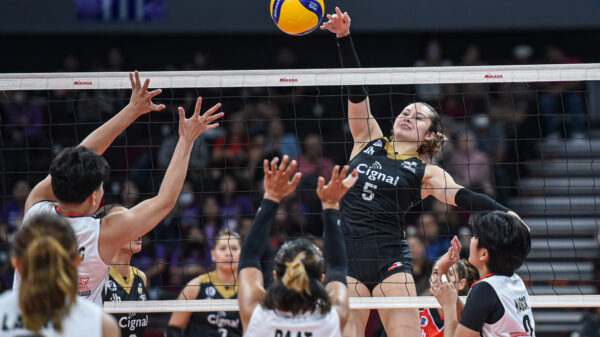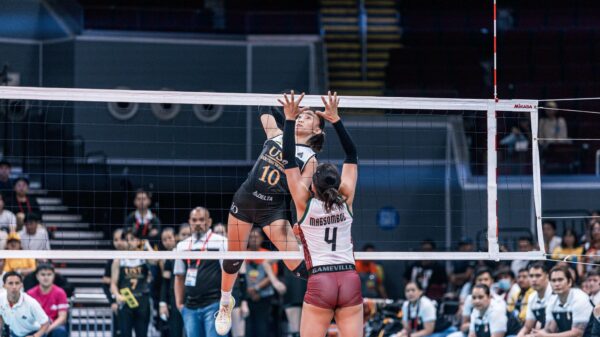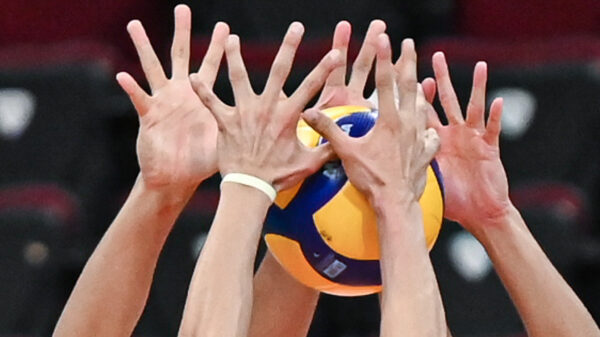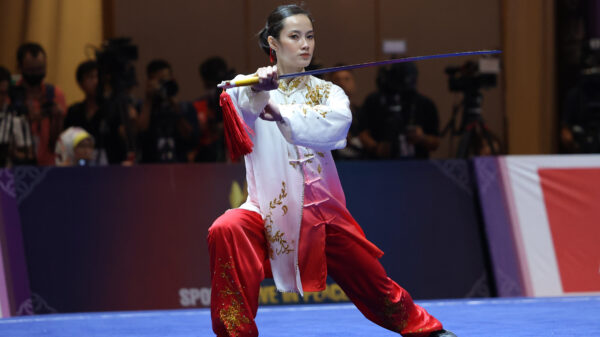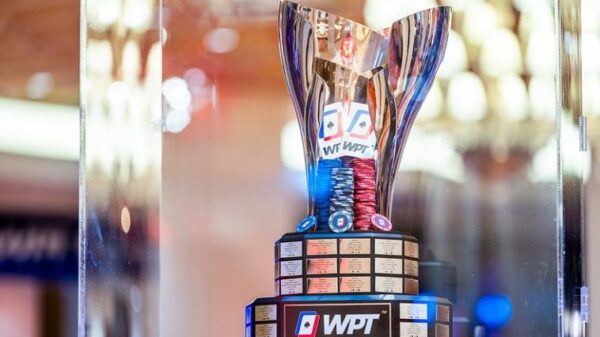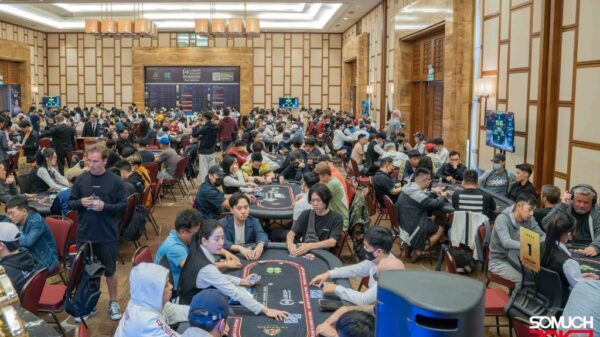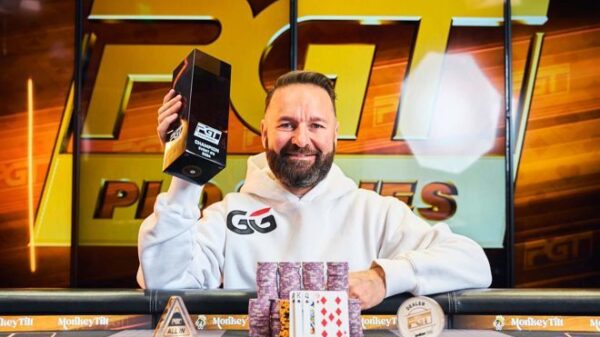A consistent mistake many recreational poker players make is that they only three-bet (re-raise) before the flop with their absolute best hands (perhaps A-A, K-K, Q-Q, J-J, 10-10, A-K and A-Q). This may not sound like a detrimental mistake because they are investing money when they are the clear favorite, but in doing so, they make their opponents’ decisions easy.
Instead of only three-betting with the absolute best hands, you should also three-bet with some “bluffs.”
This will result in you being much more difficult to play against and will lead to your opponents making mistakes. You make money when your opponents make mistakes, not when they play well (as they often will when they know you have a premium hand).
In most small-stakes games against players who will usually call your three-bet to see if they flop a strong hand, you should three-bet with what is referred to as a linear range. A linear range includes all your best hands, as well as some decently strong hands that usually dominate or are ahead of much of your opponent’s calling range.
If your opponent four-bets (re-re-raises) when you are holding one of your lesser hands, you can simply fold, and when you have a premium hand, you can confidently get your stack in.
For example, in a $2-$5 cash game, someone raises to $15 out of their $500 effective stack from middle position and you are on the button. If your opponent will usually call when you three-bet, you should three-bet to $50 with a range of 8-8+, A-10+ and K-J+. If your opponent four-bets, you can easily fold 9-9, 8-8, A-J, A-10, K-Q and K-J (and perhaps 10-10 and A-Q).
When your opponent calls your three-bet (which will happen most of the time), they will usually be dominated and out of position, which is right where you want them.
If your opponent plays better and known to only call three-bets with reasonable hands, you should three-bet with what is referred to as a polarized range. This range still includes your premium hands, but instead of three-betting your lesser value hands, you replace them with hands that have a decent amount of equity against your opponent’s calling range.
This usually means three-betting suited aces, suited connectors and gappers, and junky big cards. Essentially, you want to three-bet hands that are not quite good enough to call.
This strategy will put your opponent in a difficult spot because they will have no way of knowing if you have a premium hand or a weaker, but still playable hand. They also have to fear that you could have the effective nuts on essentially all flops.
CARDPLAYER.COM



